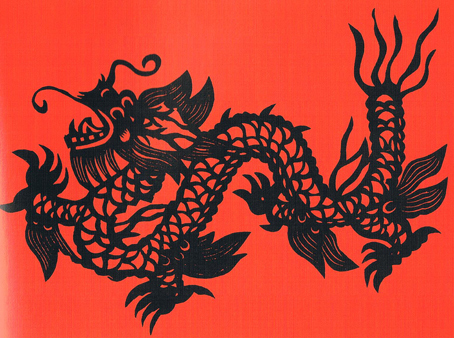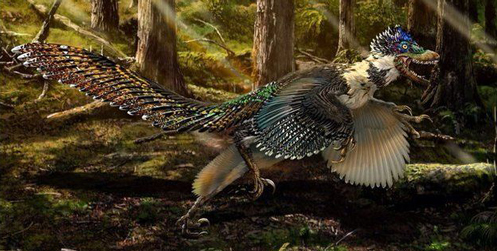St George’s Day and Dragons
Today, April 23rd, is the saint day in England (and in a number of other countries), of St George. St George is famous for slaying a dragon one of a number of stories and legends associated with this figure who was believed to have been a Roman soldier and become a martyr following his execution for refusing to denounce his Christian faith in the year 303 AD. St George’s Day is traditionally celebrated on the 23rd April as this is thought to have been the date of his execution.
Dragons and Dinosaurs
The St George and the dragon legend was brought back to Europe by Crusaders. Dragons and dinosaurs are synonymous, after all, the Chinese dragons, which actually pre-date St George by several hundred years were probably thought up to explain the large fossil bones found in many parts of China. Those early Chinese scientists were remarkably close to the truth.
The Dragon Myth Probably Inspired by Dinosaur Fossils
Picture credit: Everything Dinosaur
Visit Everything Dinosaur’s website: Everything Dinosaur.
Whilst delivering a dinosaur themed workshop in school at Oasis Academy (Short Heath, West Midlands), one of our fossil experts was shown a display of model dragons made by the children. It certainly was a wonderful display.
To read more about this and to see pictures of the dragons that the children made (some we suspect with a little help from parents) and to learn more about the dinosaur and dragon connection: The Dinosaur/Dragon Connection.
Chinese Dragon Dinosaurs
The Chinese word for dragon is translated as “lóng” or “long” and given the plethora of Chinese dinosaur discoveries over the last fifty years or so, it is no surprise that a number of Chinese dinosaur genus names refer to dragons, examples being Dilong, Guanlong and the recently described (2015) Zhenyuanlong suni (see picture below).
Zhenyuanlong suni – Known from Lower Cretaceous deposits of Liaoning Province, north-eastern China.
Picture credit: Zhao Chuang
For articulated models of dromaeosaurs and other dinosaurs: Beasts of the Mesozoic Dinosaur Models and Figures.
As far as we at Everything Dinosaur are aware, the majority of the dinosaurs named “dragon” in China are representatives of the Theropoda. There are exceptions, for example the basal ceratopsian Yinlong (the name means “hidden dragon”. In the case of Zhenyuanlong suni, the name translates as “Mr Zhenyuan’s sun dragon”. The genus name honours the person who was able to acquire the fossil material for the scientists to examine.
The Latin Term for Dragon – Draco
The Latin term for dragon is “draco”. There are a number of non-Chinese dinosaurs with the “draco” prefix, Everything Dinosaur team members were able to list five genera*. It seems when it comes to the Latinised form “draco”, western scientists tend to apply this term to a wider range of dinosaurs, not just predominately theropods.
Our list*
- Dracopelta – An ankylosaur named from Late Jurassic-aged fossil material found in Portugal. The genus name means “dragon shield”.
- Draconyx – A very poorly known iguanodont, also from Portugal. The name translates as “dragon claw”.
- Dracovenator – An Early Jurassic theropod dinosaur from South Africa, believed to be related to Dilophosaurus (the name means “dragon hunter”)
- Dracoraptor – The “dragon thief”, the very recently described dinosaur discovered in very Early Jurassic sediments from Wales – : Article about Dracoraptor.
- Dracorex – A North American pachycephalosaur named by school children. The name means “dragon king”.
A Model of the Pachycephalosaur – Dracorex (D. hogwartsia)
Picture credit: Everything Dinosaur
Can you name other dinosaurs which are named after the Latin term for dragon? Now that’s a challenge to get your teeth into on St George’s Day.









Leave A Comment